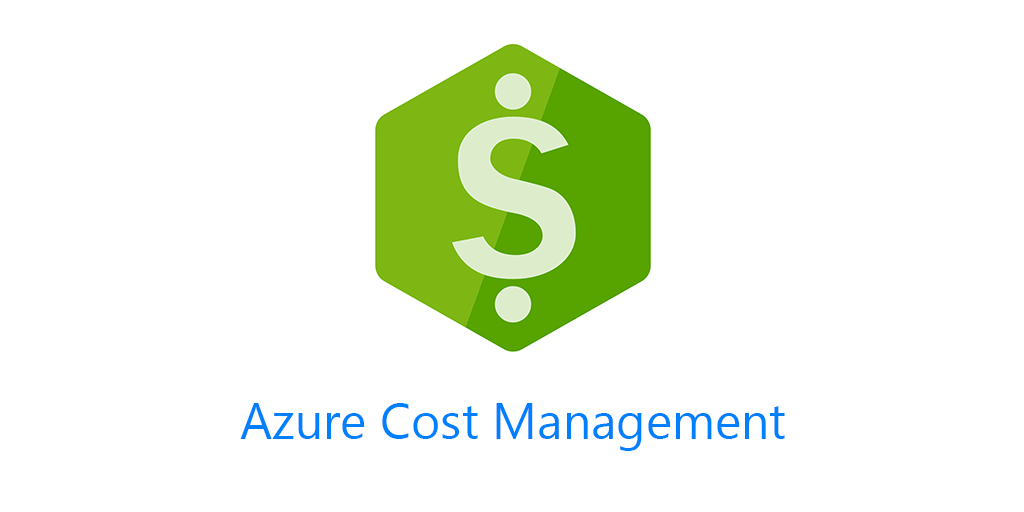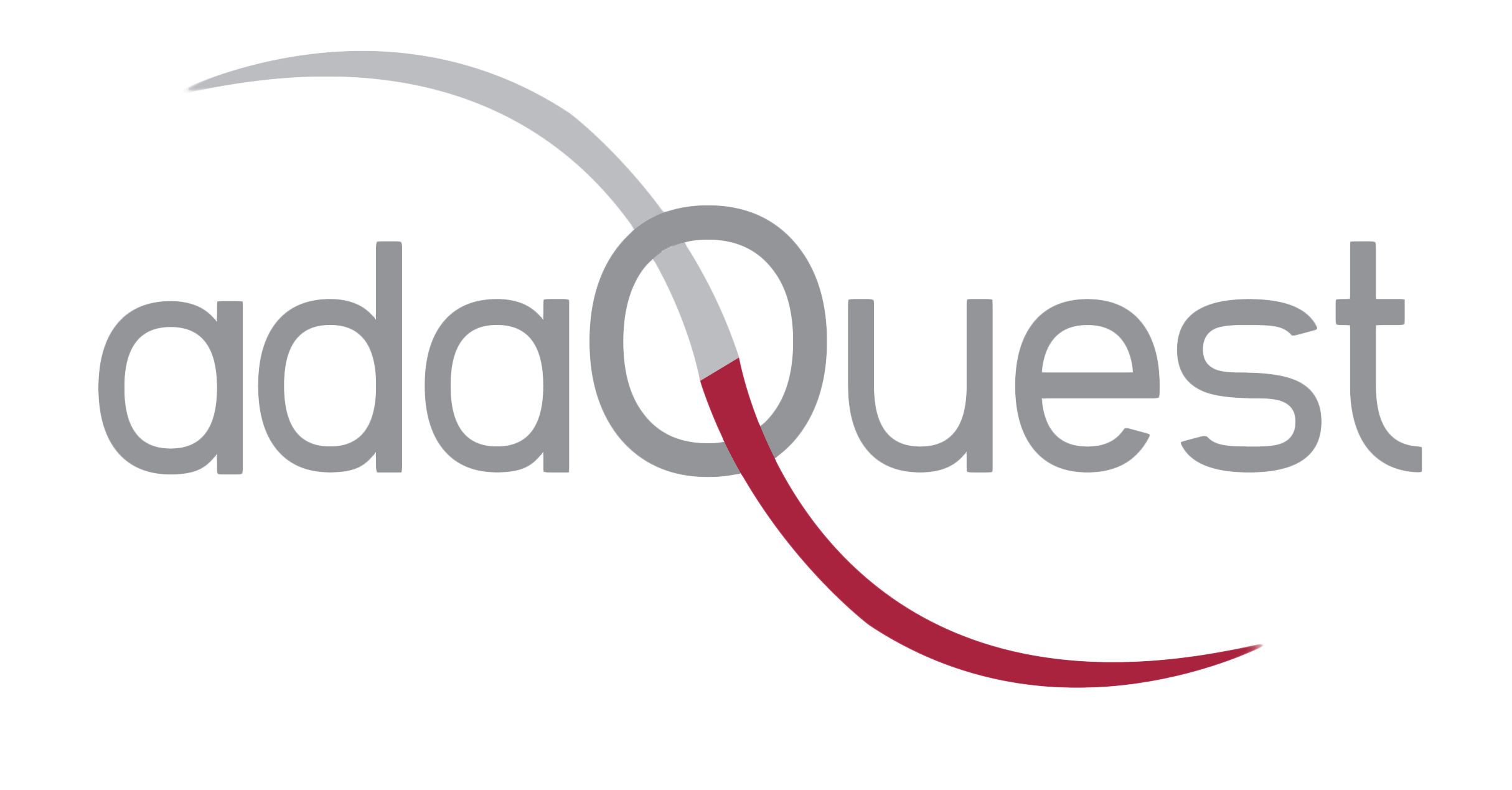
02 Jun Azure Cost Management and Billing updates – May 2021
Whether you’re a new student, a thriving startup, or the largest enterprise, you have financial constraints, and you need to know what you’re spending, where, and how to plan for the future. Nobody wants a surprise when it comes to the bill, and this is where Azure Cost Management and Billing comes in.
We’re always looking for ways to learn more about your challenges and how Azure Cost Management and Billing can help you better understand where you’re accruing costs in the cloud, identify and prevent bad spending patterns, and optimize costs to empower you to do more with less. Here are a few of the latest improvements and updates based on your feedback:
- Expanded support for cost allocation across APIs and downloads.
- Management group exports in Azure Government.
- Reminder: Cloudyn retiring on June 30.
- Selecting relative dates in the cost analysis preview.
- Help improve usability for Azure reservation and savings features.
- What’s new in Cost Management Labs.
- New ways to save money with Azure.
- New videos and learning opportunities.
- Documentation updates.
Let’s dig into the details.
Expanded support for cost allocation across APIs and downloads
From breaking down invoiced charges for internal chargeback across business units to facilitating external billing for customers, many organizations are looking for a solution to help streamline the financial processing of shared services. In September, the cost allocation preview gave you a way to split the cost of these shared services and reallocate them across subscriptions, resource groups, and tags in the portal, which is great for cost transparency throughout your organization, but falls short of fully automating this process. This month, you can now see those same cost allocation rules take effect in your raw usage and charges downloads and exports.
Since raw usage and charges include all details about the billed usage, you’ll notice a few differences that may go unnoticed in the portal. As you know, detailed usage includes resource, subscription, and product details in each row. With the addition of cost allocation, you’ll also find a new costAllocationRuleName column to indicate which cost allocation rule is applied for any adjustments. This column will be empty for all of the actual, billed charges.

When you’ve applied a cost allocation rule, you’ll also see 2 additional records. The first will remove the cost from the original subscription, resource group, or tag. The second will add it to the targeted subscription, resource group, or tag.

Looking at the above example, each record adds up to no cost in the original subscription and a new resource in the target subscription. Pretty simple. Just make sure to filter out records with a cost allocation rule when reconciling your invoices with usage data.
Learn more about cost allocation and let us know what you’d like to see next.
Selecting relative dates in the cost analysis preview
Last month, you saw a new experience for selecting custom date ranges within the cost analysis preview. This month, you’ll find a new option to view relative dates.
You can already select the last 7, 30, or 90 days or 1, 3, 6, or 12 months with the date picker. Now you can pick any arbitrary number of days, weeks, or months to fine-tune your view to exactly what you need to cover. Selecting the last 28 days, as an example, will give you a view of your cost over a steady, 4-week period without daily fluctuations caused by more or fewer weekends, depending on the day of the week.
Relative dates are always before the current period. For instance, the last three days will be yesterday and the two previous days, but will not include the cost of the current day. To include the current period, simply select the Include today option. The same applies for weeks and months. The exact date range is shown to help you confirm what it is today.

Once again, this new flexibility is based on all the great feedback you’ve shared when using cost analysis in the portal. This is still early days for the cost analysis preview, but these options will become even more valuable over time as charts, filters, and saved views are added. Keep using the preview and let us know what you’d like to see next.
Help improve usability for Azure reservation and savings features
Are you responsible for purchasing reservations for your organization in Microsoft Azure? If you are, we are interested in getting your feedback on a new savings feature in Azure Cost Management and Billing. The session will be about an hour and will run the week of June 14. Please contact our research team and we’ll schedule you for a usability session.



Sorry, the comment form is closed at this time.